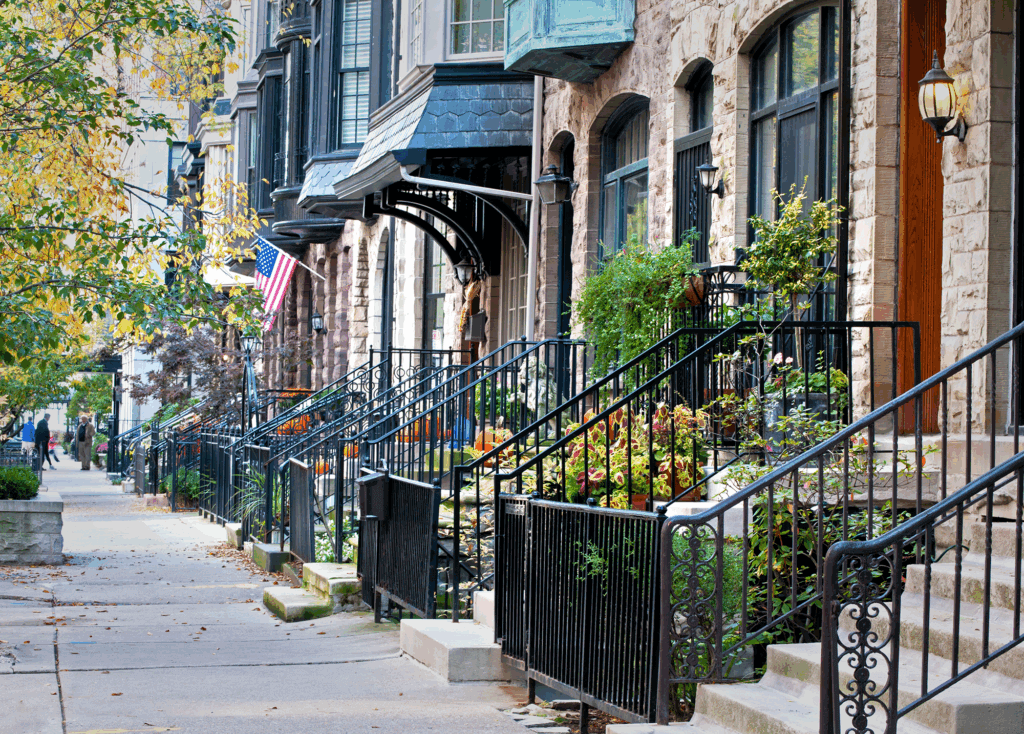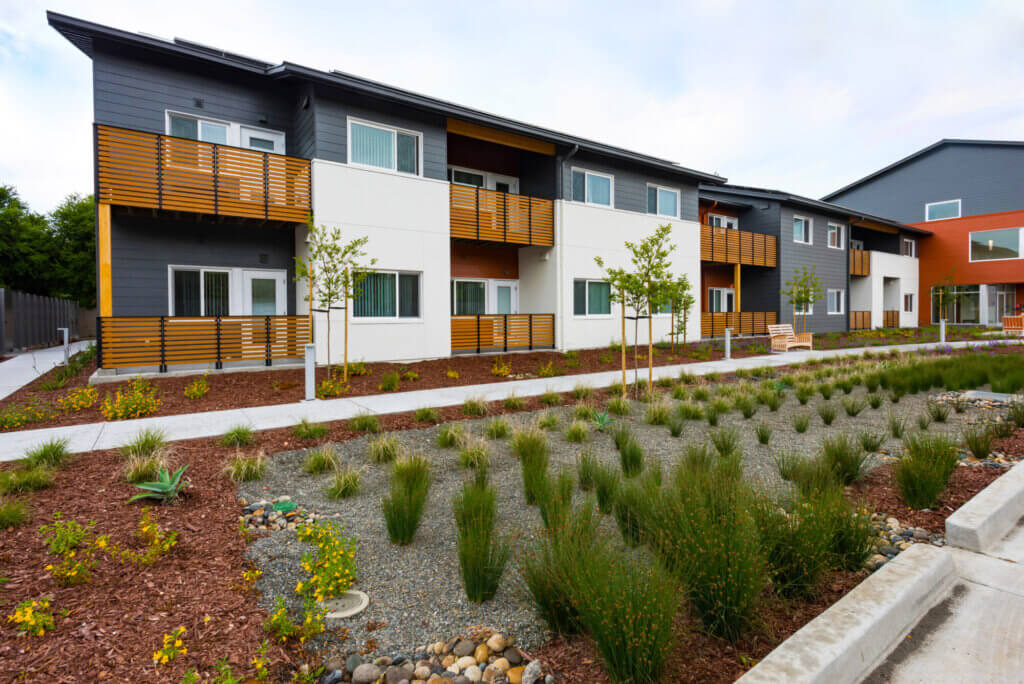New Pathways to Create More Deeply Affordable Housing: Early Lessons from HUD’s Faircloth-to-RAD Program
Published On January 31, 2023
A new analysis from the Terner Center offers early lessons from the U.S. Department of Housing and Urban Development’s Faircloth-to-RAD program.
Public housing is a critical source of deeply affordable housing in the U.S., serving over 1.7 million residents. Despite its importance, a lack of funding to keep up with maintenance and operational expenses have resulted in a significant, ongoing loss of public housing units. More than 20 percent of the total public housing stock has been demolished over the past 20 years, and as a result, many PHAs operate fewer units than they are legally able. However, a lack of capital for construction or operations have limited the pathways available to re-invest at the scale needed to make up for the units that were lost.
In 2021, however, HUD offered new guidance to allow PHAs to add new units to their inventory. Building off of the Rental Assistance Demonstration (RAD) program—originally developed to assist PHAs with rehabilitation of public housing units—the new Faircloth-to-RAD program offers a promising new pathway to add to the stock of deeply affordable housing even if it often leaves significant, unresolved financing gaps that need to be bridged by PHAs.
Drawing on interviews with staff from six PHAs and affordable housing professionals, our new analysis looks at opportunities and barriers to the success of HUD’s Faircloth-to-RAD program. New Pathways to Create More Deeply Affordable Housing: Early Lessons from HUD’s Faircloth-to-RAD Program highlights strategies that early-adopter PHAs are using to build new or preserve existing deeply affordable housing.





